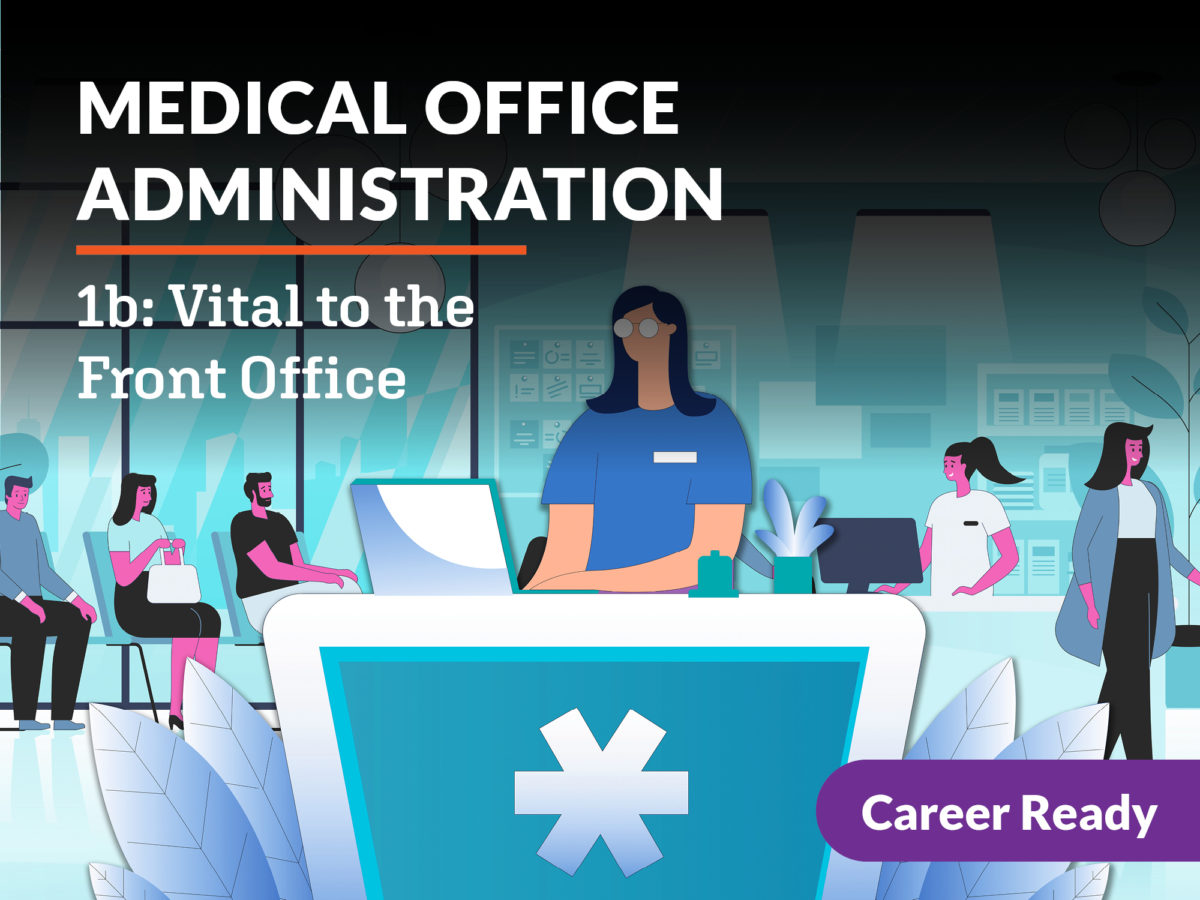Just How to Enhance Performance in Medical Administration with Modern Tools
Just How to Enhance Performance in Medical Administration with Modern Tools
Blog Article
Best Practices in Medical Administration for Improving Performance and Decreasing Prices
In the ever-evolving landscape of health care, the search of best methods in clinical management is critical for improving performance and curbing expenses. By integrating innovative modern technologies such as electronic health and wellness documents and telemedicine, medical care companies can simplify procedures and improve client treatment.
Leveraging Advanced Modern Technology
In today's swiftly evolving health care landscape, leveraging sophisticated innovation is no more optional but important for reliable clinical administration. The assimilation of digital remedies right into healthcare systems has actually transformed the way centers run, simplifying processes and boosting person care. Electronic Health And Wellness Records (EHRs) are critical, offering detailed individual information that can be accessed instantly by accredited employees, hence lowering redundancy and decreasing mistakes. By systematizing individual info, EHRs get rid of the requirement for cumbersome paperwork and facilitate smooth interaction among doctor.
Telemedicine is one more technical innovation that has revolutionized individual interaction. It provides ease for both people and health care specialists by enabling remote appointments, which can decrease the demand for in-person visits and optimize appointment organizing. Additionally, telehealth systems can extend healthcare accessibility to country or underserved locations, linking spaces in treatment distribution.
Moreover, making use of Artificial Knowledge (AI) and artificial intelligence is coming to be progressively common in anticipating analytics, permitting very early discovery of potential health and wellness concerns and more educated decision-making. These modern technologies, when integrated successfully, can boost diagnostic accuracy and customize person treatment strategies, inevitably leading to enhanced health care results and functional performance.
Optimizing Resource Allotment
Efficient source appropriation is important for optimizing the performance of clinical administration. By strategically handling resources such as workers, devices, and funds, medical care centers can significantly enhance their operational performance, improve client outcomes, and decrease unnecessary expenditures. The very first step in enhancing resource allotment includes performing a thorough analysis of existing properties and recognizing locations where resources may be underutilized or overextended. This assessment ought to be data-driven, using metrics and analytics to notify decision-making processes.
Focusing on source allotment based on person requirements and service needs is vital. This involves straightening resources with high-demand locations, such as emergency treatment or specialized treatments, to ensure prompt and effective person care. Implementing versatile staffing models can additionally optimize labor sources by changing employees allowance in response to changing patient quantities. Additionally, accepting telemedicine and other technical solutions can minimize physical source restraints by using alternate opportunities for patient-provider communications.
Funds must be meticulously kept track of and designated with critical insight to support both short-term functional demands and long-term institutional objectives. This includes investing in training programs that enhance personnel competencies and adopting energy-efficient methods that decrease functional prices (medical administration). Eventually, a maximized resource appropriation approach cultivates a sustainable medical care atmosphere that is responsive, reliable, and financially sensible
Streamlining Process Procedures
When healthcare centers purpose to boost functional performance, improving workflow procedures comes to be a pivotal focus. Efficient workflows minimize redundancy, get rid of unnecessary actions, and boost control among health care professionals. This technique not just accelerates solution shipment however additionally boosts the top quality of person care.

Following, modern technology integration plays a significant role in simplifying process. Implementing electronic wellness records (EHRs) and computerized doctor order access (CPOE) systems reduces documentation, reduces human error, and guarantees info is obtainable to all pertinent employees. Furthermore, leveraging telemedicine platforms can simplify patient consultations and follow-ups, lowering the strain on physical framework.

Inevitably, structured process lead to set you back reductions and boosted client fulfillment, promoting a more lasting healthcare atmosphere.
Enhancing Data Monitoring
Structure upon structured process, optimizing information management becomes an essential component beforehand healthcare administration. Reliable data monitoring systems are important for keeping exact person documents, enhancing decision-making, and ensuring compliance with regulatory requirements. By implementing robust information management solutions, health care centers can enhance the quality of individual care while concurrently minimizing operational costs.
One key element of boosting information administration is the integration of sophisticated electronic this hyperlink health and wellness document (EHR) systems. These systems promote the seamless exchange of individual info across various divisions, minimizing duplication of tests and reducing errors. A properly designed EHR system sustains information analytics, allowing doctor to determine patterns and make educated choices concerning individual treatment.
Furthermore, safeguarding person information is paramount. Taking on detailed cybersecurity procedures, including encryption and regular audits, makes certain the integrity and privacy of sensitive info. This not just secures individuals however additionally keeps the establishment's reputation.
Purchasing personnel training is one more essential factor. Informing health care professionals on data management techniques boosts their capacity to efficiently use modern technology, leading to improved individual outcomes. Finally, enhancing information monitoring with advanced innovation and detailed training is crucial for accomplishing effectiveness and price reduction in medical administration.
Fostering Collaborative Communication
A critical component ahead of time medical management is fostering joint communication among medical care specialists. Efficient communication is critical for guaranteeing smooth patient treatment, enhancing therapy end results, and minimizing mistakes. By motivating open discussion and sychronisation across multidisciplinary teams, healthcare organizations can enhance their functional efficiency and reduce unneeded costs.
Central to this method is the assimilation of communication modern technologies such as digital health documents have a peek here (EHRs) and secure messaging platforms, which assist in the rapid exchange of essential individual information. These tools enable doctor to gain access to and share data in genuine time, guaranteeing that all staff member are educated and lined up in their decision-making processes. Additionally, regular group conferences and interdisciplinary rounds can better promote a culture of collaboration and responsibility.
Educating programs concentrated on boosting communication abilities are also essential. These programs can assist team develop the capacity to convey details clearly and listen actively, therefore lowering misunderstandings and fostering a supportive workplace. In addition, adopting standard interaction protocols, such as SBAR (Circumstance, History, Evaluation, Recommendation), can improve the exchange of details, guaranteeing that vital information are conveyed succinctly and successfully. Eventually, promoting collective communication leads to boosted medical care delivery and cost savings (medical administration).

Final Thought
Including innovative modern technology, such as electronic health and wellness records and telemedicine, along with maximized resource allowance and structured operations processes, is vital for enhancing performance in clinical administration. Reliable information monitoring and promoting collective communication amongst healthcare teams are essential for reducing redundancies and improving care quality. By focusing on preventative care and participating in high quality enhancement efforts, healthcare companies can achieve considerable expense savings and boosted individual outcomes, thus making certain lasting health care delivery in a progressively intricate setting.
Report this page